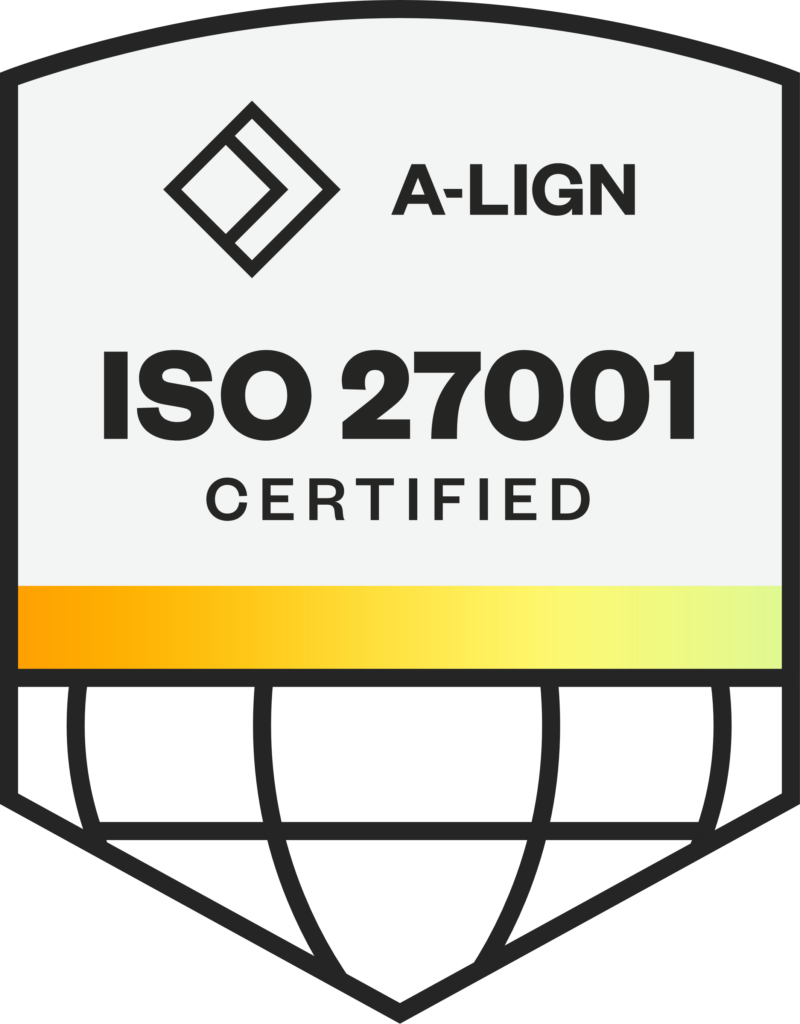Data centers are under constant pressure to improve efficiency while maintaining uptime and reliability. Rising energy costs and sustainability initiatives make energy management more critical than ever. One of the most widely used metrics for assessing data center efficiency is Power Usage Effectiveness (PUE). While PUE provides valuable insight into power consumption, many facilities struggle with inaccurate measurements, incomplete data, and a lack of real-time visibility. Data Center Infrastructure Management (DCIM) solutions like Modius® OpenData® provide a smarter approach to monitoring and optimizing PUE. By integrating real-time data from multiple sources, DCIM ensures more accurate efficiency tracking and proactive energy management.
Understanding PUE and Its Challenges
PUE is the ratio of total facility power to IT equipment power. The goal is to achieve a value as close to 1.0 as possible, meaning that nearly all power consumed by the data center goes directly to computing rather than overhead like cooling or lighting. A lower PUE means higher efficiency, reduced costs, and improved sustainability. Accurate PUE tracking helps identify energy waste and optimize infrastructure performance. Regulatory bodies and efficiency programs often require PUE reporting for compliance and financial incentives. Despite its importance, many data centers struggle with unreliable PUE calculations due to limited visibility and disconnected monitoring systems.Why Traditional PUE Calculations Fall Short
Many data centers rely on manual processes and outdated tools to calculate PUE. Without an integrated system, operators face several challenges:- Incomplete data from siloed systems – Without integration between Building Management Systems (BMS), power meters, and environmental sensors, it’s difficult to get a complete picture of energy consumption.
- Inaccurate measurements – PUE fluctuates based on cooling loads, server utilization, and external factors. Static calculations estimating usage fail to capture real-time efficiency changes.
- Lack of automation – Manual reporting increases the risk of human error and delays in responding to efficiency problems.
How DCIM Improves PUE Accuracy and Optimization
A DCIM platform like OpenData provides real-time monitoring, seamless integration with external systems, and AI-driven insights to optimize energy use.Real-Time Data Collection Across All Systems
Traditional PUE calculations often rely on isolated data sources, making it difficult to get a complete picture of energy consumption. By connecting directly with BMS and power systems, data center management integrates energy usage tracking across all infrastructure components, consolidating site data into a single, unified view for greater accuracy and insight. OpenData utilizes APIs and industry-standard protocols like Modbus, BACnet and SNMP to ensure seamless communication between different hardware and software systems. This integration provides an accurate determination of power losses across physical infrastructure, helping operators quickly identify areas for improvement. With comprehensive monitoring, data center teams can see exactly where energy is being used—and wasted—at any moment, enabling smarter decision-making for efficiency and cost savings.Virtual Devices and Computed Points for Custom PUE Formulas
Not all data centers operate the same way, and a one-size-fits-all approach to PUE doesn’t work. With OpenData, operators can create virtual devices to track energy consumption dynamically rather than relying on static values. This flexibility allows for more accurate monitoring and better adaptability to real-time changes in infrastructure conditions. OpenData also allows for pPUE (partial Power Usage Effectiveness) measurements and calculations. Partial PUE is a refined metric that focuses on specific energy consumption within a data center, providing a more granular view of energy efficiency compared to the traditional PUE. Measuring pPUE can be used to isolate a portion of the data center’s energy use, typically focusing on the IT equipment itself or subsystems. This allows operators to pinpoint inefficiencies in certain areas or compare usage metrics across various sections of the data center. By focusing on specific areas of the infrastructure, pPUE provides more insight into these inefficiencies and helps data centers improve overall efficiency, reduce operational costs, and align more closely with sustainability goals. Furthermore, Modius OpenData helps data centers move beyond rough estimates that fail to capture fluctuations in demand. Tailoring PUE formulas to specific infrastructure configurations ensures more meaningful insights, allowing operators to make data-driven decisions that improve efficiency and sustainability.AI-Driven Analysis for Proactive Efficiency Improvements
Beyond just tracking PUE, advanced DCIM software uses AI and machine learning (ML) to identify inefficiencies before they impact operations. By continuously analyzing data, these systems can detect anomalies in power usage that may indicate failing equipment or unnecessary energy waste. Early detection allows operators to address issues before they escalate, reducing downtime and improving overall efficiency. AI/ML-driven data center management also enhances proactive management by sending automated alerts for unexpected energy spikes or cooling system inefficiencies that could impact PUE. Additionally, it provides actionable recommendations to optimize power and cooling distribution dynamically, ensuring energy is allocated efficiently across the facility. Rather than reacting to inefficiencies after they occur, AI-powered insights enable data centers to stay ahead of potential problems, improving both reliability and sustainability.How Modius OpenData Enhances PUE Optimization with DCIM
Modius OpenData optimizes PUE with real-time data collection, customizable PUE formulas, and AI-driven analysis, providing accurate energy insights and proactive efficiency improvements. In addition, a reliable DCIM platform should provide seamless integration, scalability, automated reporting, and real-time visibility. Modius OpenData delivers all of these benefits in a single, easy-to-use system.Seamless Integration with External Systems
Many DCIM tools fail to communicate with other critical data center infrastructure, but Modius OpenData is designed for compatibility:- Unified monitoring across IT, electrical, and cooling systems for a complete efficiency overview.
- Native integration with BMS, power distribution, and environmental monitoring systems for accurate, real-time tracking.
- Support for multiple communication protocols, enabling connectivity with a wide range of equipment and sensors.
Scalable and Multi-Site Monitoring
For organizations managing multiple locations, tracking PUE across distributed sites can be challenging. Modius OpenData offers:- Support for 1 to 1,000s of locations, ensuring consistent efficiency monitoring across all data centers.
- Low-latency remote monitoring, allowing operators to track PUE in real time from anywhere.
- Cloud and on-premises deployment options, enabling flexible implementation based on business needs.
Compliance & Automated Reporting for Incentives
Government incentives and sustainability initiatives often require detailed PUE documentation. Many regulatory jurisdictions require PUE reporting for compliance. Modius OpenData:- Automates compliance reporting for energy efficiency programs and regulatory requirements.
- Sends proactive alerts when PUE exceeds defined thresholds, allowing operators to take corrective action before penalties occur.
- Provides historical data and trend analysis for long-term efficiency planning.
Single Pane of Glass for Power and Cooling Visibility
Managing energy efficiency requires centralized visibility into real-time and historical data. Modius OpenData provides:- Dynamic dashboards that consolidate all PUE-related metrics in one place.
- Trend analysis tools that highlight inefficiencies over time, helping operators make data-driven decisions.
- Customizable views and reports tailored to specific operational needs.




